Mumbai slummers, women lead march to Covid herd immunity: Survey
In a heartening development for health authorities, a sero-survey conducted in Mumbai has indicated that slum dwellers and women are at the forefront in the march to herd immunity against coronavirus, officials said here on Wednesday
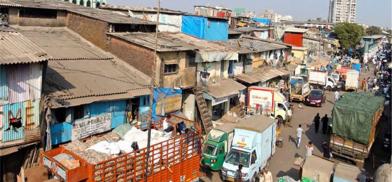
In a heartening development for health authorities, a sero-survey conducted in Mumbai has indicated that slum dwellers and women are at the forefront in the march to herd immunity against coronavirus, officials said here on Wednesday.
The Serological Surveillance for SARS-CoV2 Infection survey was done by BrihanMumbai Municipal Corporation, along with NITI Aayog and TISS for 12-14 days in the first half of July covering 6,936 people.
Conducted in 3 selected BMC wards, those surveyed comprised 61 percent poor slum dwellers and the rest living in buildings or middle-class housing complexes.
The survey threw up some unexpected and startling results, showing that 57 percent of those tested in the slums were exposed to and developed antibodies against the SARS-CoV-2 Virus, compared to merely 16 percent in housing complexes.
In the surveyed locations of Matunga, Sion, Wadala (F/North), Chembur and Tilak Nagar (M/West) and Dahisar and Mandapeshwar (R/North), it was also revealed that more women had developed antibodies compared to men.
For the slums, the figures thrown up were 59.30 percent women (out of 2,297 tested) and 53.20 percent men (out of 1,937 tested) had developed antibodies against Covid.
In the housing complexes, 16.80 percent of women tested and 14.90 percent of men tested had developed antibodies.
Overall, around 40.50 percent of the people surveyed in Matunga, Chembur and Dahisar areas were exposed to COVID-19, with Matunga - adjacent to Dharavi slum - having the highest exposure rate of 57.80 percent.
The BMC interprets this high exposure in slums to shared common facilities like toilets, water-taps, high population density and lack of physical distancing compared to the residents in housing complexes.
With the results suggesting more asymptomatic infections, this higher exposure in slums points to an extremely low death rate in Mumbai - "as low as 0.05 to 0.10 per cent" - instead of the existing 5.5 per cent.
"So, despite the high exposure to Covid in slums, the survey results indicate that the fatalities are not that high though there could be many factors behind this," explained a civic official.
The BMC top brass is also startled since none of the people surveyed had taken RT-PCR tests for COVID-19, implying they were asymptomatically infected, and the numbers of such asymptomatic persons are higher than expectations.
The official explained that the presence of antibodies indicated that a person had been infected, fought off the virus and in the process developed a certain level of resistance to the virus.
The presence of more people with antibodies in a community is considered a positive sign as the virus then has limited scope to spread, implying that measures like wearing masks, and physical distancing were successful in these areas.
At the same time, even the lower presence of antibodies in the housing complexes is considered encouraging as it points to lesser number of infectees, due to better hygiene, more physical distancing and other interventions by the BMC, the official added.
"These results will be valuable to learn more about herd immunity. Although it is still unclear what level of prevalence leads to herd immunity, findings indicate that, at least in slums, this could be attained sooner than later, if the immunity exists and persists in a significant proportion of the population," the BMC said in a statement.
The development comes a fortnight after the World Health Organization (WHO) acknowledged the success of the Maharashtra government in combating the COVID-19 outbreak in Dharavi. (IANS)


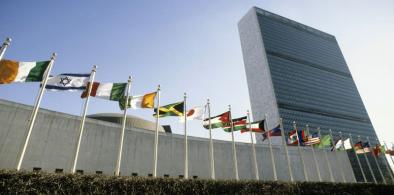

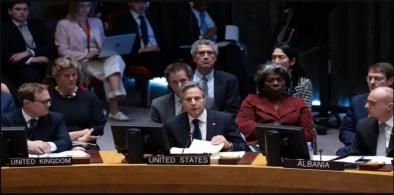
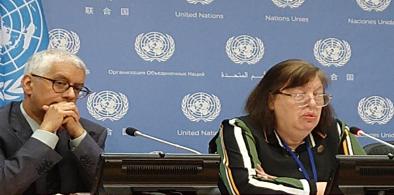


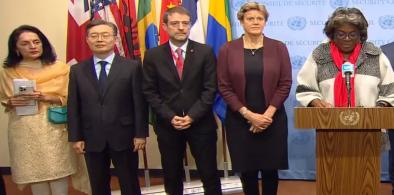





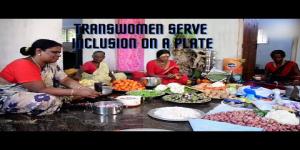

Post a Comment